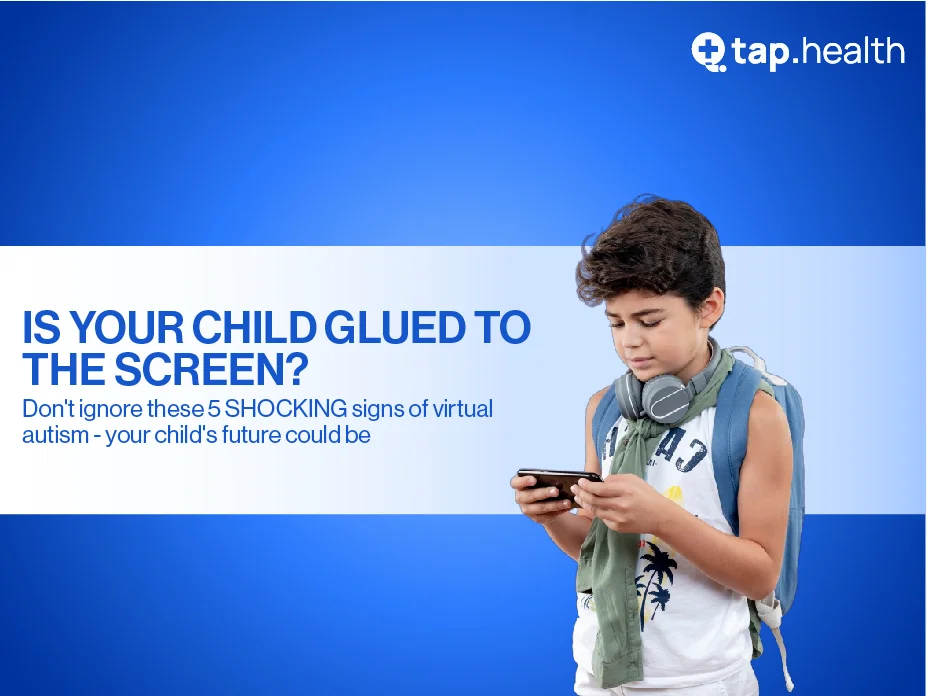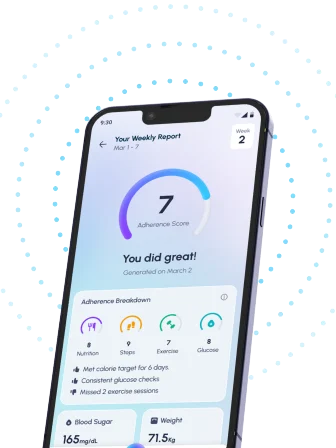diagnose virtual autism is a complex neurodevelopmental disorder that affects individuals in various ways. While it has long been recognized and studied in physical environments, recent advancements in technology have opened new avenues for exploring the impact of autism in virtual environments. As more people engage in online spaces, it is essential to understand the unique aspects of autism in this digital realm. This article aims to shed light on the concept of virtual autism and its symptoms, as well as the challenges and opportunities it presents in terms of diagnosis, social interaction, sensory sensitivities, and support.
Understanding the Concept of Virtual Autism
Virtual autism refers to the manifestation of autism spectrum disorder (ASD) traits and behaviors in online spaces. Although the core characteristics of autism remain the same, the virtual world brings its own set of dynamics that can influence how these traits are expressed and perceived. By recognizing the complexities of autism in virtual environments, we can foster a better understanding of this phenomenon and its implications.
Exploring the realm of virtual autism unveils a fascinating interplay between traditional understandings of ASD and the digital landscape. Individuals with autism navigating online spaces may find solace in the structured nature of virtual interactions, which can provide a sense of predictability and control often sought after in face-to-face encounters. Moreover, the anonymity offered by the virtual world can empower individuals to express themselves in ways that may be inhibited in offline settings, leading to a rich tapestry of autistic expression.
Defining Virtual Autism
Virtual autism encompasses the behaviors, challenges, and experiences that individuals with autism encounter when interacting in digital contexts. It takes into account the unique environment, communication tools, and social dynamics that online platforms offer. Understanding virtual autism requires an appreciation for the nuances of autistic expression and how it can be shaped by the virtual realm.
Delving deeper into the concept of virtual autism reveals a spectrum of experiences that mirror the diversity within the autism community itself. From thriving in text-based communication to grappling with sensory overload in virtual reality environments, individuals with autism navigate a vast array of digital landscapes that shape their online presence in multifaceted ways. By acknowledging the varied manifestations of virtual autism, we can cultivate a more inclusive and empathetic virtual world for all.
The Intersection of Autism and Virtual Environments
Virtual environments can both facilitate and complicate the experiences of individuals with autism. On one hand, the virtual world may offer a sense of freedom, reduced anxiety, and opportunities for self-expression that can be challenging to achieve in physical spaces. However, it can also present numerous challenges that impact social interactions, communication, and sensory sensitivities. Navigating these intersections is crucial in comprehending the complexities of virtual autism.
Unpacking the intersection of autism and virtual environments unveils a dynamic landscape where individuals with autism navigate a spectrum of digital experiences. From forming deep connections in online communities to grappling with the nuances of non-verbal communication in virtual meetings, the virtual realm presents a myriad of opportunities and challenges for individuals with autism to navigate. By acknowledging the intricate dance between autism and virtual environments, we can pave the way for a more inclusive and supportive online world for individuals of all neurodivergences.
Recognizing the Signs of Virtual Autism
Identifying virtual autism requires an understanding of the signs and symptoms that are specific to online environments. While many behaviors and indicators of autism are consistent regardless of the context, certain aspects may be more prevalent or have unique manifestations in virtual spaces. Recognizing these signs can assist in providing appropriate support and intervention.
Common Indicators of Autism in Online Spaces
In virtual environments, individuals with virtual autism may exhibit repetitive patterns of behavior, limited or lack of eye contact during video communication, difficulties with nonverbal cues, and challenges in navigating social hierarchies. Additionally, they may struggle with interpreting sarcasm or figurative language, preferring literal interpretations.
Behavioral Patterns to Look Out For
It is essential to pay attention to specific behavioral patterns that might indicate virtual autism. Rigid routines, fixations, sensitivity, transitions, challenges in virtual settings. Recognizing these patterns can provide valuable insights into the presence of virtual autism.
The Complexities of Diagnosing Autism in Digital Spaces
Diagnosing autism online is challenging due to traditional limitations, specialized needs. The virtual environment raises questions about the reliability and validity of assessments, necessitating a cautious and thorough evaluation process.
The Limitations of Traditional Diagnostic Methods
Traditional diagnostic approaches, such as in-person assessments and face-to-face interactions, may not fully capture the complexities of virtual autism. The lack of in-person contact and use of digital tools can impede picking up crucial social cues for diagnosis. Alternate methods must be explored to address these limitations.
The Need for Specialized Diagnostic Approaches
Specialized methods and tools that account for the virtual context must be developed to effectively diagnose virtual autism. These may include the incorporation of video-based assessments, online questionnaires, and remote observations. Additionally, leveraging the insights of individuals with virtual autism and their experiences can provide valuable input in refining diagnostic processes.
Social Interaction and Communication in Virtual Autism
Social interaction and communication patterns in the virtual world can significantly impact individuals with virtual autism. Digital spaces like online communities and social media require analysis of challenges and strategies for creating meaningful connections.
How Autism Affects Online Socialization
Individuals with virtual autism may face difficulties in initiating and maintaining social interactions in online settings. Lack of nonverbal cues can hinder connections and social understanding. Understanding these challenges is crucial in developing strategies that support socialization for individuals with virtual autism.
Communication Challenges and Strategies
The virtual world often requires individuals to adapt their communication styles to text-based or video-based interactions. For individuals with virtual autism, this can present additional hurdles. However, through the use of visual aids, clear instructions, and inclusive language, online communication can be made more accessible for individuals with virtual autism. Promoting explicit communication norms and providing platforms for safe and supportive interactions are essential for fostering effective communication in virtual spaces.
Sensory Sensitivities in Virtual Environments
The impact of sensory sensitivities on individuals with virtual autism cannot be overlooked. The digital world introduces a myriad of stimuli that can trigger sensory overload and significantly impact one’s virtual experience. Recognizing these sensitivities and adopting appropriate coping mechanisms is vital.
The Impact of Digital Stimuli on Autism
Visual and auditory stimuli in virtual environments can affect individuals with virtual autism differently. Bright colors, flashing lights, loud sounds, and abrupt transitions can contribute to sensory overload and distress. Identifying triggers, offering choices, regulating senses helps lessen virtual effects.
Coping Mechanisms for Sensory Overload
Individuals with virtual autism can benefit from employing various coping mechanisms to manage sensory overload in digital spaces. These may include the use of noise-canceling headphones, adjusting display settings to reduce visual sensory input, and having access to calm and quiet spaces during online activities. Educating individuals, caregivers, and educators on these coping strategies can empower individuals with virtual autism to navigate virtual environments more comfortably.
Navigating Support and Resources Online
Accessing support and resources is crucial for individuals with virtual autism, their families, and educators. The internet provides valuable resources for learning about and treating virtual autism, including information, support groups, and therapy options.
Parental and Educator Perspectives
Parents and educators play a pivotal role in supporting individuals with virtual autism. By gaining insights into their experiences, challenges, and success stories, we can enhance our understanding of the unique needs and concerns in the virtual realm. Open dialogues, information sharing, and collaborative efforts between parents, educators, and professionals can pave the way for more effective support systems.
Virtual Therapies and Interventions
Virtual environments provide opportunities for innovative therapies and interventions for individuals with virtual autism. Teletherapy, AR, and VR can provide personalized interventions, support social skills, and promote sensory regulation in therapy sessions. Exploring the potential of virtual therapies can expand the range of interventions available for individuals with virtual autism.
When to Seek Professional Evaluation
Recognizing the signs and symptoms of virtual autism is crucial for determining when professional evaluation is necessary.Timely evaluations can lead to appropriate support and interventions for individuals with virtual autism.
Adapting Educational Approaches for Virtual Learning
The shift towards virtual learning necessitates adapting educational approaches to cater to the needs of individuals with virtual autism. Inclusive practices, visual supports, clear instructions, and sensory accommodations enhance virtual learning for individuals with autism in virtual settings.
Conclusion
Virtual autism is a multifaceted concept that requires a comprehensive understanding of its symptoms and effects in virtual environments. Acknowledge challenges in diagnosing virtual autism, understand impact on social communication, and address sensory sensitivities to support affected individuals. Continuous exploration and adaptation of interventions, therapies, and educational approaches are crucial for promoting inclusivity and enhancing the virtual experience.




